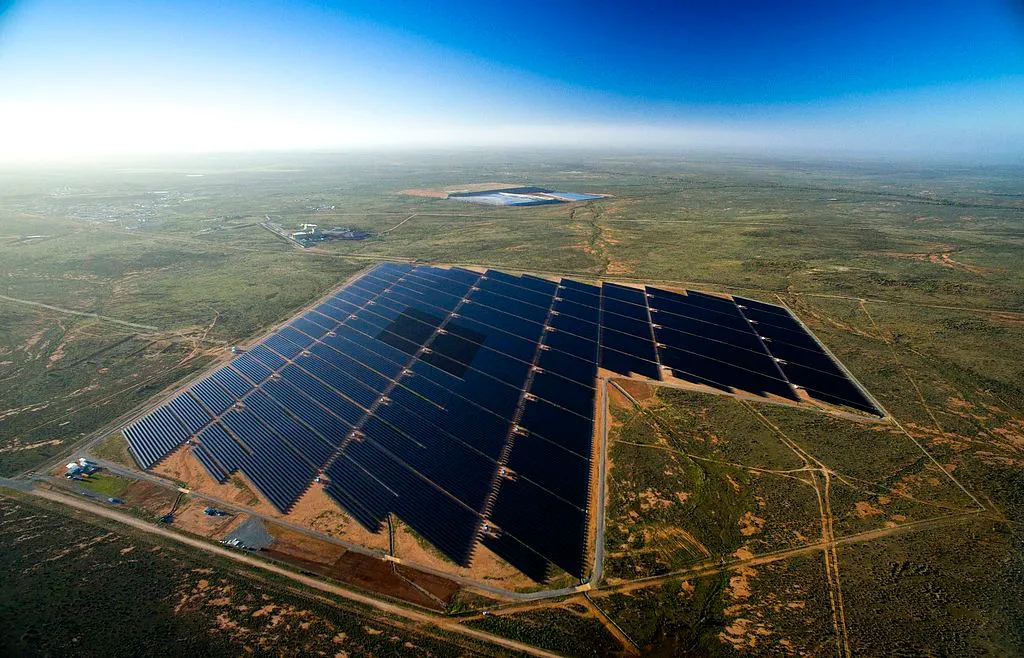

Australia is fortunate to have a generally mild climate all year round. Because of this, it’s a fantastic location for installing residential solar panels. However, your solar system can still be affected by weather factors including wind, rain, and extremely hot temperatures. Let us list out the things that you need to know about solar panels australia.
Favorable conditions suitable for solar panels australia
Unsurprisingly, summer is the season when most individuals profit the most from their solar panels. The best solar company offers systems that operate at their best when the sun is shining and the skies are clear. The ideal time of day is often from 10 am to 4 am, but the days are longer in the summer. As a result, you might experience an additional hour or two of the day’s peak solar production.
Some panels will start producing earlier in the day and into the late afternoon since they operate better in low light. It is crucial to install solar panels that perform well in low light since this results in improved yield over the course of the system.
Temperature
It’s a frequent fallacy that you’ll produce more solar energy as the temperature rises. While intense sunshine is undoubtedly necessary for the best outcomes, too much heat can actually impair the functionality of your system. In Australia, the majority of solar panels function best at about 25 degrees Celsius when the sky is clear.
You can examine the temperature coefficient of your solar panels, which is simply the performance loss rate per degree over 25. Since the rate is often between 0.20 and 0.50, there won’t be a startling variation in production.
For instance, you can lose between 1% and 2.5% of productivity if the temperature outside is 30 degrees.
Cloudy conditions
The performance of your solar system is undoubtedly impacted by cloud cover. This is due to the fact that it prevents sunlight from reaching your solar panels, which in turn reduces the quantity of solar energy you can generate. You should anticipate a loss of up to 25% efficiency on days with heavy cloud cover, particularly if the clouds aren’t moving.
However, when there are clouds present, windy conditions are advantageous since the wind blows and moves the clouds. Since there are still sporadic bursts of sunlight between the clouds as a result, your efficiency may only be reduced by about 10%. In the end, it’ll come down to how much untouched sunshine gets to your panels.
When compared to ordinary panels, panels with exceptional low light performance can increase system yield on cloudy days.
Rain
Surprisingly, rain won’t have a direct impact on how well your solar panels operate. In fact, regular rainfall aids in clearing your panels of dirt, dust, and other material that could accumulate and impair performance. Therefore, in that regard, you don’t have to be concerned about rain lowering your productivity.
However, the problem with rainy conditions is that rain requires clouds. Typically, there is a substantial cloud cover when it is raining, which does have an impact on performance. The ideal type of rain is a sun shower since enough light still reaches your solar panels.
Wind
Fortunately, neither the wind nor your solar panels’ performance is significantly impacted. Your output will remain high so long as those panels are exposed to direct sunlight. However, windy circumstances must be viewed more widely than rain does.
Although the wind won’t directly reduce performance, it can have a long-term impact on your solar panels. You might need to clean your solar panels more frequently because dust and other material are frequently blown onto them by the wind.
In windy areas, you should also make sure the panels were placed by a trained expert. Not all solar panels are flat against the roof; mounting may be necessary to get the best angle.